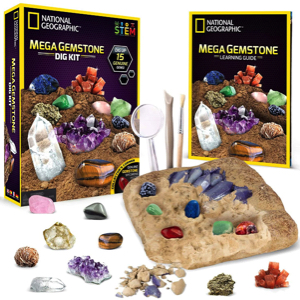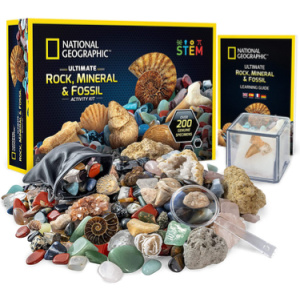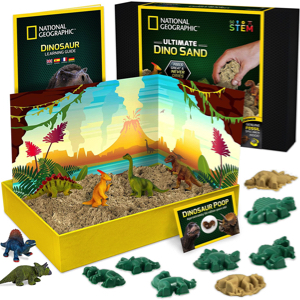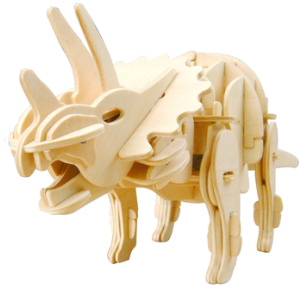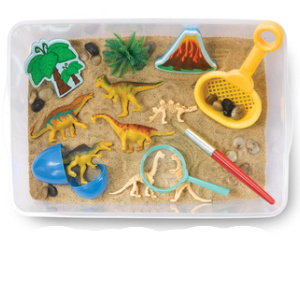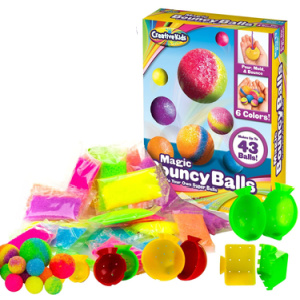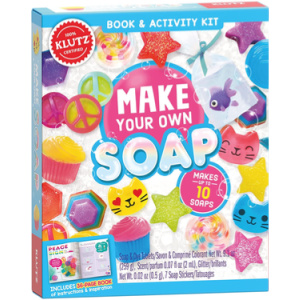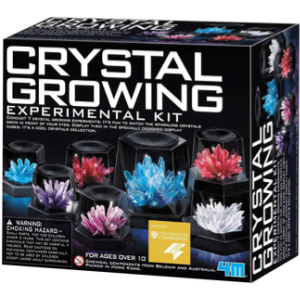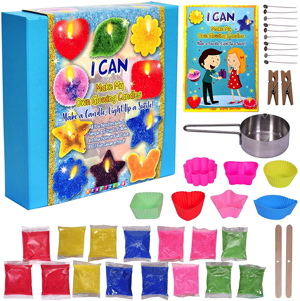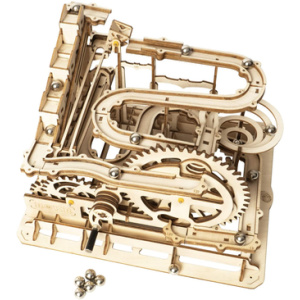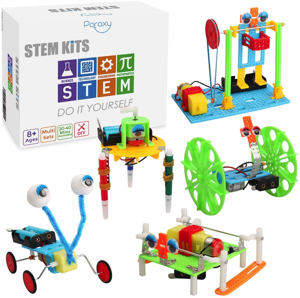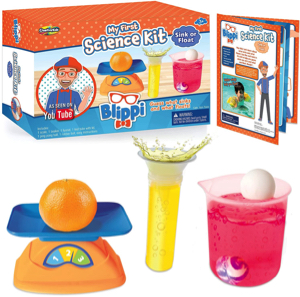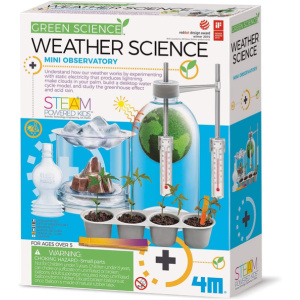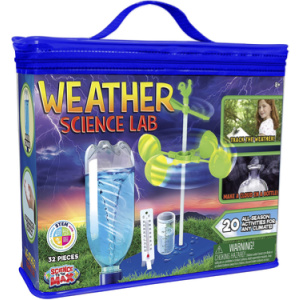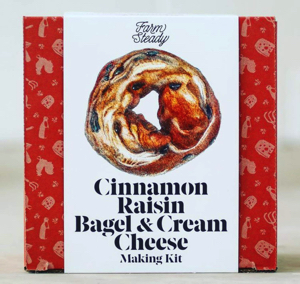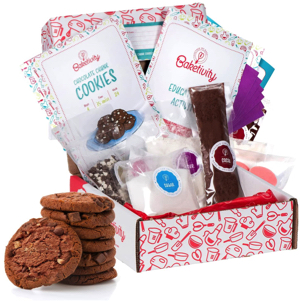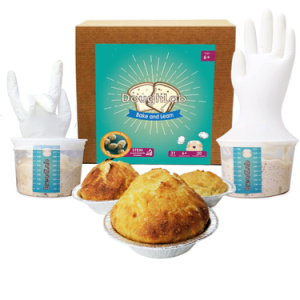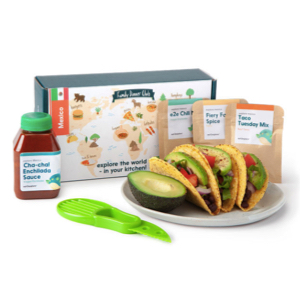20 Best Science Projects for Kids of all Abilities
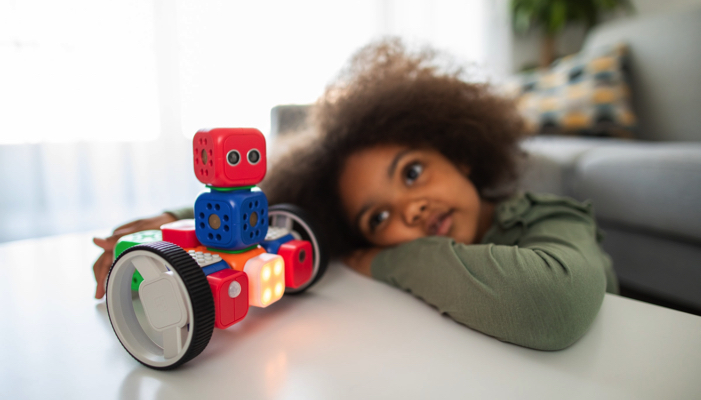
This post may contain affiliate links; please see our terms of use for details.
Science sounds like something reserved for professors and doctors, but really science is all about figuring out how the world works and if you think about it, that’s pretty much the job description of any child. As kids grow they are constantly learning about how things work, why things happen and how things change when they have contact with them. All of that curiosity is really a form of scientific inquiry!
Why should kids learn science?
Science is all around us! Once kids realize how much of the world is open to them through simple curiosity and examination they will begin to use these skills naturally. Fostering a love of science and the scientific method can promote growth in many ways:
- Develop important life skills: The scientific method tends to start with a question, followed by observation, comprehension and conclusions. Being able to focus on these steps can help children foster curiosity and critical thinking while also encouraging attention, organization and communication skills. Following through with a project can also be a big ego boost and help kids build self esteem and self confidence!
- Nurture natural learning: Once kids start to see how questions and observations can lead to understanding how the world works, they will start to apply these skills naturally leading to natural learning both in and out of the classroom.
- Inspire interest in other disciplines: Science is a simple way to describe multiple disciplines, from biology to physics to chemistry. But science learning can open up so many other interests. Maybe your child finds they really enjoy recording their observations in a journal which leads to more interest in writing and reading; or maybe they are drawn to the perfection of measuring and numbers and realize that they actually really enjoy math! The opportunities are endless!
- Build a strong future: All of these explorations and developments early on in a child’s life can help them build a strong foundation for learning, experimenting and enjoying school in general, which is a great way to promote education in the future!
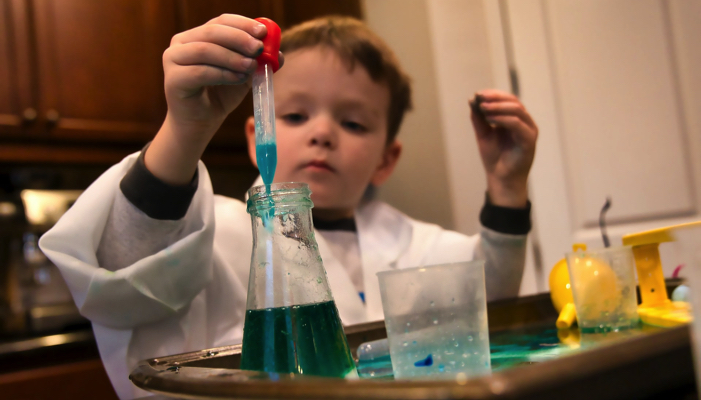
How do kids learn science best?
Science isn’t just for “smart” kids or “advanced” kids or even “older” kids. All kids no matter their abilities or disabilities are curious. When presenting science activities to your child just keep these four things in mind:
- Keep it fun: Don’t push your child for the sake of completing an activity. Keep it light and fun. Learning should be an adventure not a chore.
- Learn through play: Kids are experts at learning through hands-on and real-life experiences. Get them involved and get those hands dirty!
- Reduce obstacles: Keep activities within your child’s comfort zone. For example, if your child is blind look for science activities that involve tangible objects and things to touch; if your child is sensory sensitive try to avoid sticky or other textures or sounds that they dislike.
- Keep it simple: Even science activities that cover grand ideas can be reduced to manageable concepts. For example, if you are learning about how yeast turns sugar into carbon dioxide to make bread rise, a good place to start may be to just listen to the water before mixing in the yeast and then listen after… do you hear the tiny bubbles popping? That’s the yeast doing its job!
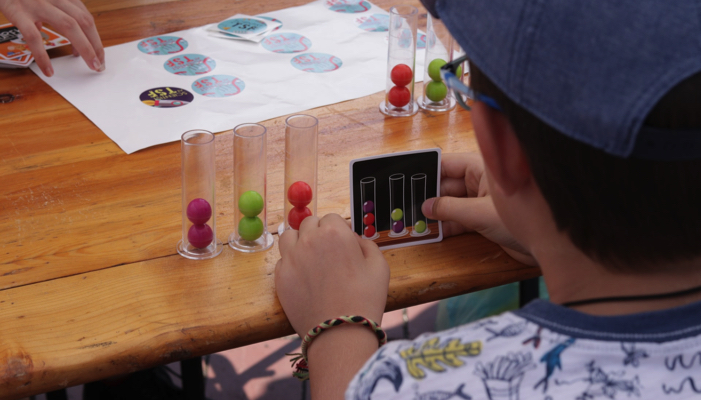
How to make science accessible to kids with disabilities
There are many ways to adapt experiments and activities to meet your child’s level and needs. Sometimes it may be as easy as adding braille to cards, other times you may want to invest in adapted equipment (and please see if your school district or federal quota funds will cover the cost).
For the most part, however, I find that we can use any mainstream science activity kit or project and adapt it so that it is accessible to our son who is blind and multiply disabled. We keep things simple for him, focus on tactile and tangible objects, and add resources (like tactile raised lines that we draw with puffy paint) where appropriate. Some aspects of certain experiments may have to be completed by an adult, but even in those cases we let Ivan hold our hands so he can see what we are doing and we describe everything in detail.
You may think science activities are too hard or too advanced for your child, but you really never know what they will enjoy until you try it! Ivan loves being involved, feeling new textures and seeing how things change. He loves chemistry experiments in which objects change texture, grow or melt. He also enjoys anything with contrasts: hot and cold, big and small, heavy and light, sweet and salty. These are easy concepts to understand and even easier to demonstrate with real objects.
What are some easy science projects for kids?
My favorite way to approach science is through kits. Everything you need for the project or activity is in the kit and there are often little booklets with discussion or further reading ideas. Pretty much any kit can be made accessible for any child, but here are some of our favorites:
Geology and Paleontology Science Kits
1. National Geographic Mega Gemstone Dig Kit
We love National Geographic kits! This gemstone kit comes with a large sand block that you can dissolve with water and dig through to find real stones. You can use tools or your hands, but it does get messy! A booklet included in the kit helps you identify the stones you find.
2. National Geographic Rocks & Fossils Kit
If you prefer to skip the messy digging, than this kit is a better choice. It still comes with the identification guide and includes the gemstones plus really cool prehistoric fossils. We like to make our own chart with braille labels and feel each item then place it on our chart with double sided tape.
3. National Geographic Dinosaur Play Sand
Love dinosaurs? This kit is for you! Dig for dinosaur toys in the sand, make molds of dinosaurs and use the included guide to identify different dinos and learn when and where each one lived.
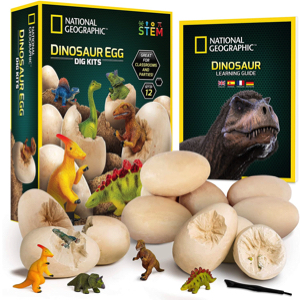
4. National Geographic Dinosaur Dig Kit
This kit is actually one of my favorites. It comes with 12 sand “eggs” that you can chip at or dissolve in water. Each egg is hiding a dinosaur toy that you can unearth and identify. It’s another messy kit, but so much fun!
5. Dinosaur Sound Controlled Model Woodcraft
We are really big on puzzle kits in our house. Ivan loves to help pop the pieces out of the board and holds our hands while we connect the pieces together. This kit builds a walking and TALKING dinosaur! You have to connect the pieces with a motor and it’s sound activated (just clap to get it moving)!
6. Dinosaur Dig Sensory Bin
This is a classic sensory bin, but with a dinosaur theme! Everything you need, from the sand to the tools, is included and there are even dinosaur toys hidden in eggs that you can dig and unearth. It comes with a lid too so you can clean up and store it easily.
Chemistry Science Kits
7. Magic Bouncy Balls
Learn how to mix crystal powder with water to create real bouncy balls. Kids can choose the colors and even make striped or mixed colored balls. Everything is included in the kit (except the water of course).
8. Make Your Own Soap
The soap kits are a bit more involved and do require a double boiler type setup, but choosing the molds and figuring out how to layer the colors is a lot of fun. Kids learn how soap is made and the results are so nice they can even be wrapped as gifts!
9. Crystal Growing Kit
Crystal growing kits are great for hands-on learners or kids who are blind. It is very easy to see (and feel!) how the crystals grow over time. Great for kids who like projects that span a few days.
10. Candle Making Kit
As with the soap making kit, the candle making kit is also a bit involved and does require a double boiler (or at least a bowl that can sit in boiling water). But also like the soap kit, it’s a great way to learn how candles are made and it’s fun to mix the colors and come up with interesting designs and color combinations.
Physics Science Kits
11. Marble Run Wooden Model Kit
Similar to the wood dinosaur puzzles, these marble runs are made by popping the pieces out of wooden plates and clicking them together, although these puzzles do require glue. Kids can learn how gears work together to make things move and how gravity affects the marbles’ movements.
12. Robot Kit
Robot kits are so much fun and these ones are very easy to put together. It’s very satisfying to create something that is able to move on its own!
13. Sink or Float
Sink or float activities are great for younger kids or kids who need easier experiments, but I’m always surprised how even adults can get excited guessing what items will float and which will sink. This kit comes with everything you need and a very nice guided booklet.
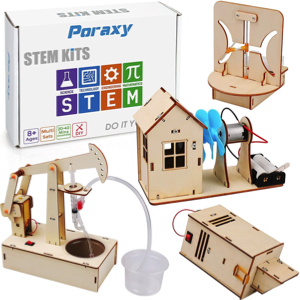
14. Assembly Science Experiment Projects
This kit is similar to the robot kit above, but here you’ll be making things like a wind power station and a vacuum cleaner! These are great learning activities and also things your child can use in real life too!
Climatology Science Kits
15. Weather Science Kit
Learn about how weather works by creating your own water cycle, see how clouds form and how static electricity makes lightening. These experiments can help kids learn to appreciate the climate and even understand the local weather report in more depth.
16. Weather Science Lab
This is another collection of weather experiments, but in this kit learn how to measure temperature and atmospheric pressure, make tornados in a bottle or identify different types of clouds.
Cooking and Baking Kits
17. Farmsteady Cinnamon Raisin Bagel & Cream Cheese Making Kit
Is cooking science? Yes! Learn how yeast makes dough rise with this bagel kit as well as how to make and strain your own cream cheese too!
18. Baketivity Kits
Baketivity makes a series of excellent baking kits for kids. They have everything you need (except the fresh ingredients like eggs or butter) and really easy-to-follow instructions. They are great for learning about measuring, mixing and cooking.
19. Magical Microbes
I love this kit because it really shows you just how much science is involved in cooking. They also have a fun way to really feel how yeast creates CO2 by filling up white gloves with the gas. It’s a very hands-on approach that’s great for kids who are blind.
20. Kid’s Global Adventure Cooking Kit
The Kid’s Global Adventure kits offer delicious menus from around the world. Each kit represents a different country (like India, Israel, Greece or Mexico, just to name a few) and all of the hard-to-find spices are included. The kits also include information about the country as well as explanations of different types of cooking techniques.
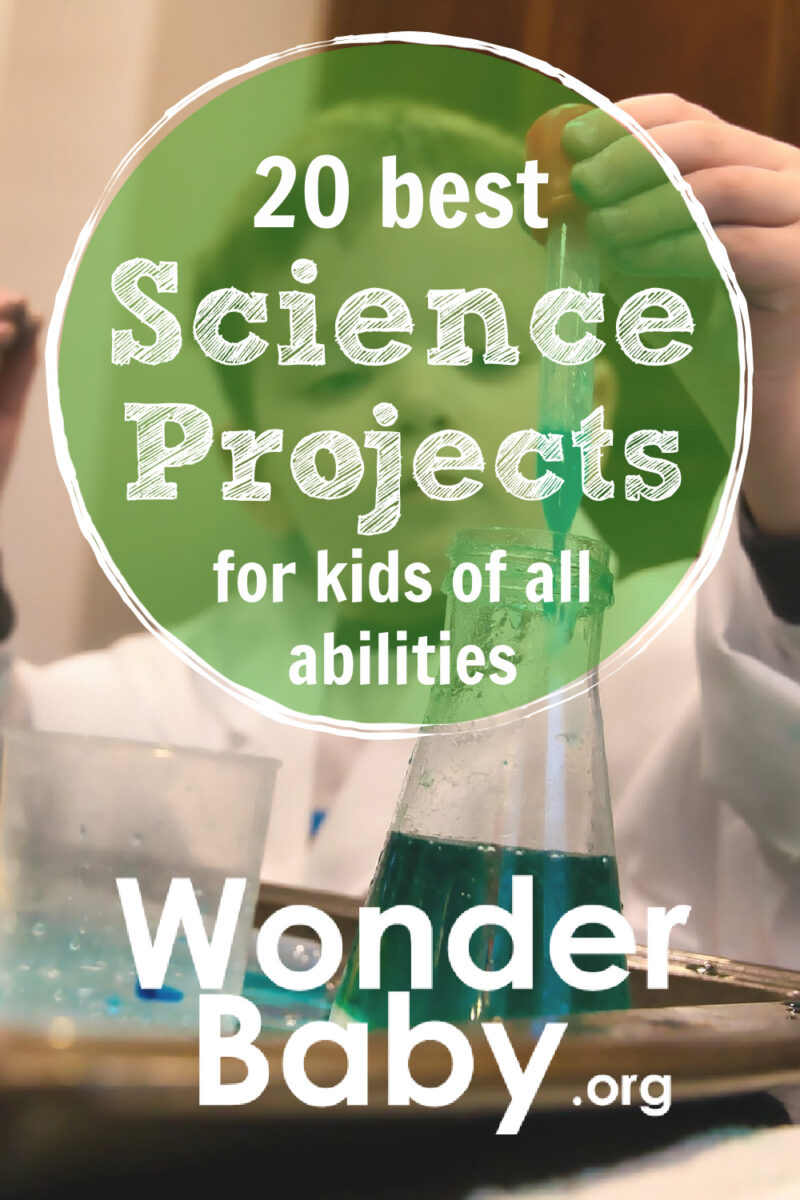
Related Posts
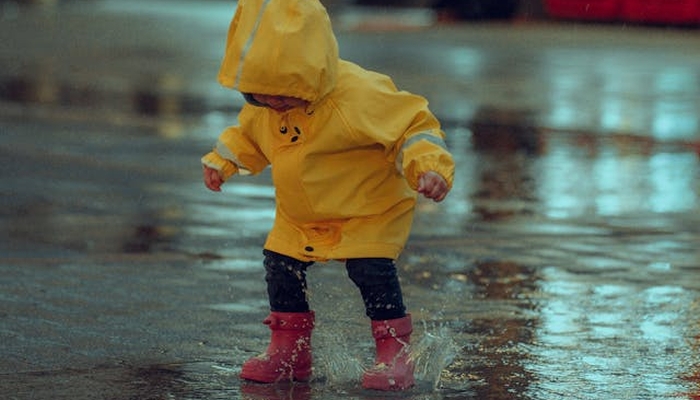
Math and Science
4 Weather Activities for Preschoolers
Whether the weather is sunny, cloudy, windy or rainy check out these educational weather activities for preschool that your children will love!
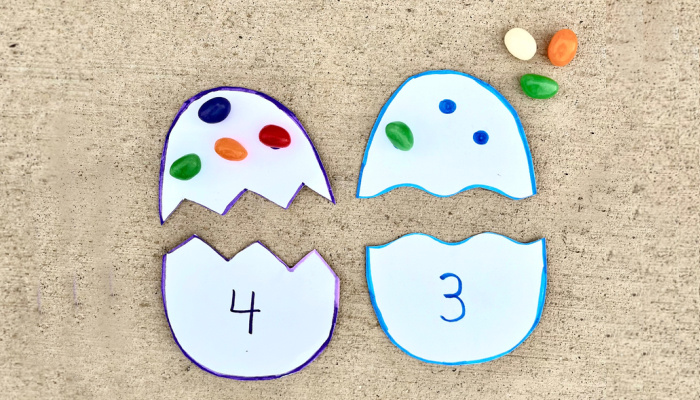
Holiday Crafts and Ideas, Math and Science
Easter Egg Number Matching Game
Counting has never been more fun than with this Easter Egg Number Matching Game. This game is easy to assemble and will surely be a hit with your little one!
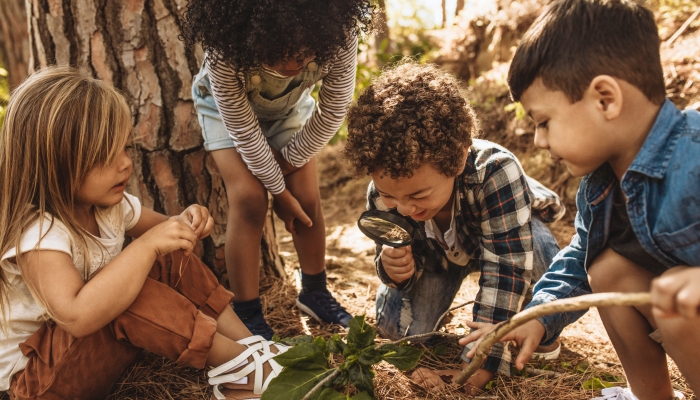
Math and Science, Sensory Activities
Exploring Nature: 5 Outdoor Learning Activities for Preschoolers
Looking for things to do outside with your preschooler? These ideas for outdoor learning are easy, inexpensive, informal, and best of all, fun!
